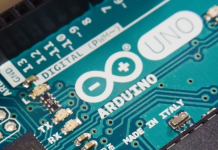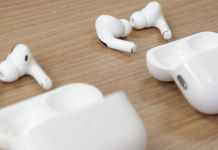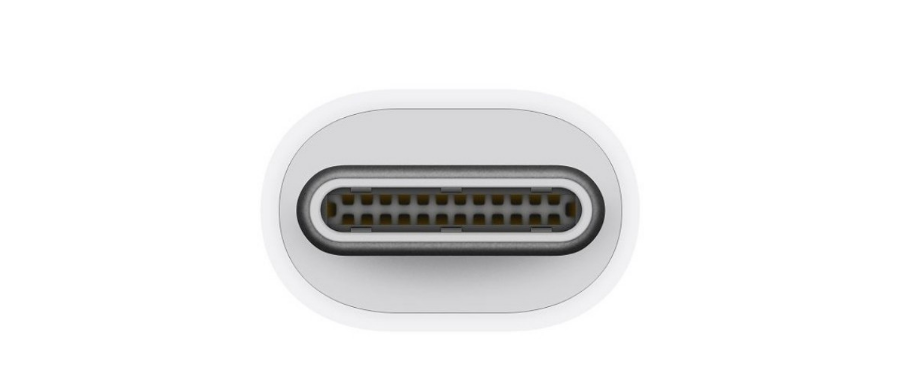
Today we are going to talk to you about what USB Type C or type C is, what it can be used for, and how it differs from the rest of the connectors that are available for USB. It is an increasingly popular type of connector that your new mobile probably already has if you just bought it, but that can be used for various things.
We are going to start by explaining to you what USB Type-C is and what it is not, talking about the different technologies when we refer to USB, and differentiating them from connectors like this one. Then, we will go on to mention what it can be used for, and we will end up telling you how to distinguish it.
What is and what is not USB Type-C
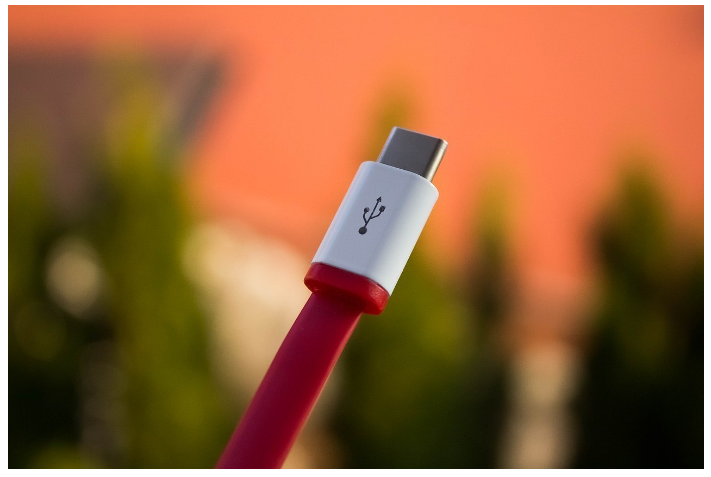
USB Type C or type C is a type of connector with a small format, and which is used to connect cables to USB spikes of different standards. At this point, it must be emphasized that type C is only a type of connector, so it does not directly influence transmission speeds or the technology behind it.
For that, you have to know how to differentiate between standards and connectors when talking about USB. The standards or protocols are classified depending on the speed at which they transfer their data, so we could say that they are the “brain” of USB. Meanwhile, the connectors are just the tips of these USBs, which can be of different types.
The connector that we all know is Type A, the standard of a lifetime and large dimensions used by almost all USB sticks or cables that connect to the computer. However, it is not the only one out there, since you also have Type B that are usually used in peripherals such as printers or scanners, although often only to connect them to the current and provide power.
Then two other types are the old MiniUSB that years ago was used in cameras and mobile phones, and a more recent MicroUSB that has been used in most smartphones until the recent arrival of Type C. So, we can say that USB Type C is the successor to MicroUSB, and it is being standardized to be used in different types of technologies.
The USB Type C connector is characterized by its small size, and above all because it is a fully reversible connector. That means that trying to connect something to the TV or PC and realizing that you are trying to connect it backward is over. This connector works the same regardless of which way you plug it in.
This connector is used in multiple mobile and portable devices, but as a standard, it is a disaster , since in reality, each port of this type is a world. Their appearance is always the same, but they have different specifications. This, together with the little transparency of the manufacturers, sows confusion among users.
What is USB-C used for?
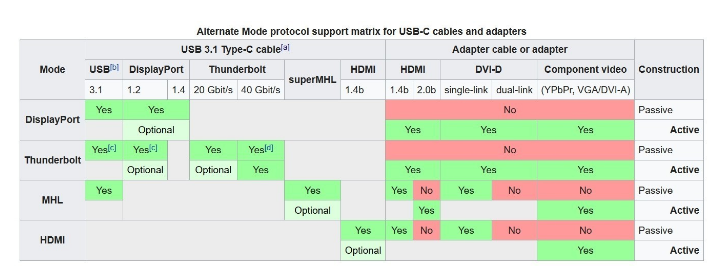
USB Type C supports various uses and different types of standards. For example, it can be used as the connector for the latest USB 3.1 standard or USB Power Delivery (USB PD). It is also used as a connector for the popular Thunderbolt 3, a data and power transmission standard that is gaining such momentum that even the USB Implementers Forum (USB-IF) has announced a new USB 4 standard based on it for 2021.
This connector can also be used as video and audio output via HDMI, DisplayPort output, or analog video output (VGA) among others. And that’s where part of the confusion lies, because all of these technologies can use the Type-C connector, but not all connectors with this form factor support all technologies.
Although we have mentioned it in passing, it is important to focus on the USB Power Delivery specification that can use the input of the USB Type-C connector, since it allows the transmission of energy, which will not only serve as a connector for charging mobile phones and tablets, but also so that in the future we will see how many manufacturers abandon their proprietary chargers to bet on Type C multi-connectors that serve to charge the laptop or transmit data.
How is it different from the rest?
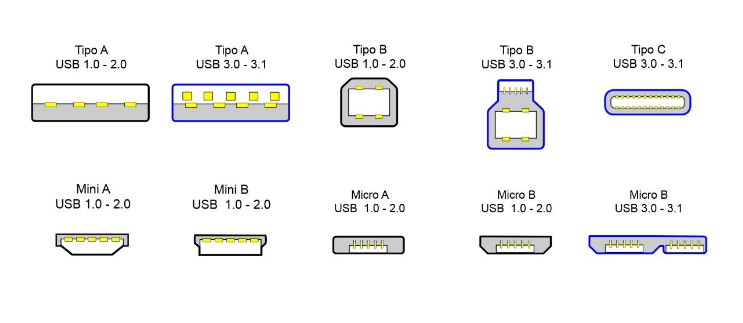
As we have explained a little above, although inside it can support different technologies, this connector has a very different appearance from the rest. It is very small, about the size of a MicroUSB, and has an oval head that is fully symmetrical on both sides, a feature that is currently unique to this type of connector.
This means that Type C is the only connector that allows USB cables or spikes to be connected reversibly from either side. If you see that a cable or spike has to be connected to a certain side, then it will be Type A, B, Micro, or Mini, but it will never be Type C.
At the beginning of this last section, you can see the different types of connectors that are available. In them, you can see how the rest of the connectors are exactly shaped, and how none is the same.
It also differs in the technologies it contains, which we have already mentioned. Especially since Type C only uses the USB 3.1 standard, which means that it does not support USB 1.0 or 2.0. This ensures that you have great speeds, although again it may depend on whether you use other types of technology as well.
In terms of these speeds, USB 3.0 has a data transfer rate of up to 4.8 Gbit/s (600 MB/s), ten times the speed of USB 2.0, and USB 3.1 is even faster with rates up to 10 Gbit/s (1.25 GB/s). This being the one that is usually used with Type C, the speed you will find is the highest if you use these protocols. And if you opt for Thunderbolt 3 it will be even faster, reaching up to 40 Gbps (5 GB/s).

Sharlene Meriel is an avid gamer with a knack for technology. He has been writing about the latest technologies for the past 5 years. His contribution in technology journalism has been noteworthy. He is also a day trader with interest in the Forex market.



